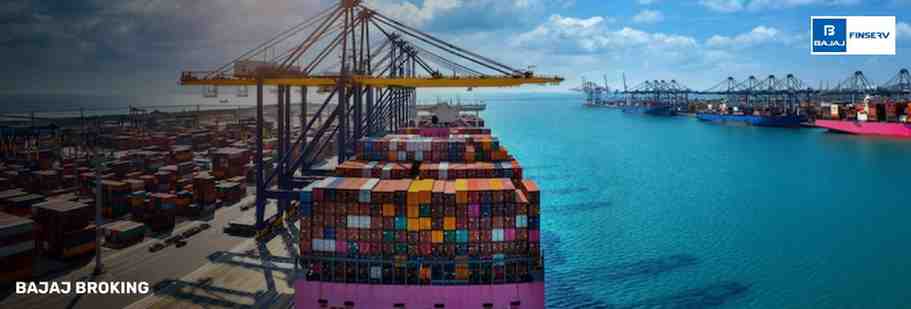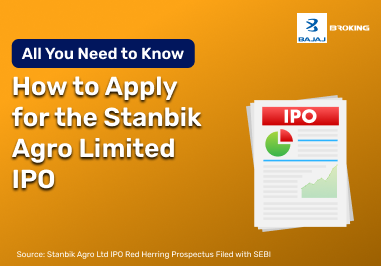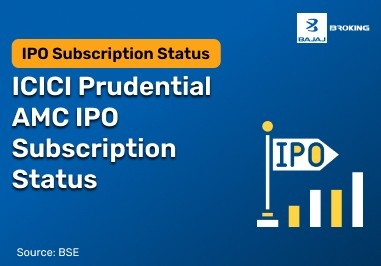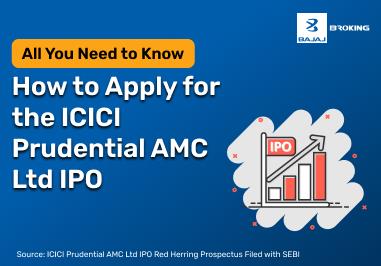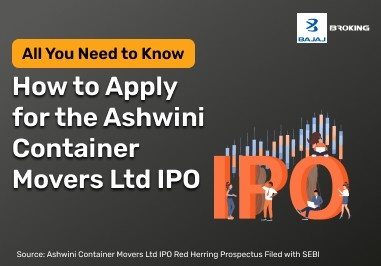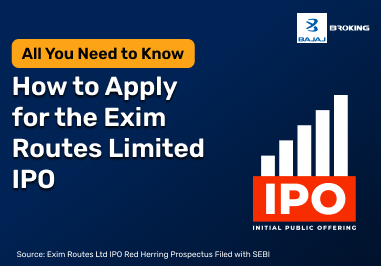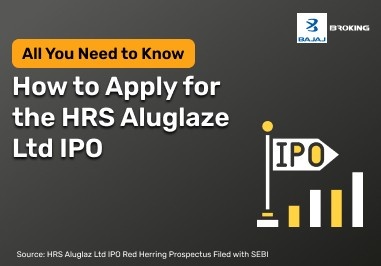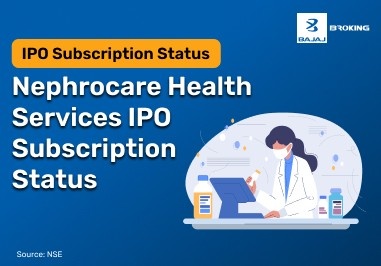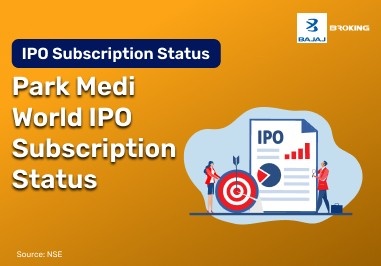Top 5 Port Stocks in India You Should Know
The table below ranks leading port companies in India based on market capitalisation. It includes key financial metrics such as current market price, PE ratio, dividend yield, and recent quarterly performance.
S.No.
| Name
| CMP (₹)
| P/E
| Market Cap (₹ Cr.)
| Div Yield (%)
| Net Profit Qtr (₹ Cr.)
| Qtr Profit Var (%)
| Sales Qtr (₹ Cr.)
| Qtr Sales Var (%)
| ROCE (%)
| 6M Return (%)
| 5Y Profit Var (%)
|
1
| Adani Ports
| 1182.95
| 24.19
| 2,55,533.64
| 0.51
| 2,518.39
| 15.1
| 7,963.55
| 15.08
| 12.93
| -18.32
| 17
|
2
| JSW Infrastructure
| 319.80
| 50.77
| 67,158.05
| 0.17
| 335.62
| 31.56
| 1,181.83
| 25.71
| 16.41
| -7.33
| 34.57
|
3
| Gujarat Pipavav Port
| 138.09
| 17.09
| 6,675.82
| 5.29
| 93.99
| -14.83
| 262.89
| -2.5
| 24.8
| -37.25
| 13.79
|
Source: Screener as of 30 Mar’25
Overview of Port Stocks
This brief overview compares key figures of the top three port sector stocks, offering a snapshot of their valuation and quarterly earnings.
Company
| Market Cap (₹ Cr.)
| CMP (₹)
| Net Profit Qtr (₹ Cr.)
| Qtr Profit Var (%)
|
Adani Ports
| 2,55,533.64
| 1182.95
| 2,518.39
| 15.1
|
JSW Infrastructure
| 67,158.05
| 319.80
| 335.62
| 31.56
|
Gujarat Pipavav Port
| 6,675.82
| 138.09
| 93.99
| -14.83
|
Source: Screener
Adani Ports & Special Economic Zone Ltd
Adani Ports is India's largest private ports operator by market capitalization of ₹2,55,534 crore. It has been giving consistent dividends and showing consistent long-term sales growth. Its working capital cycle, being one of its operational strengths, has reduced from 26.3 days to 19.2 days.
Key Financial Metrics of Adani Ports
Metric
| Value
|
Market Capitalisation
| ₹2,55,534 Cr
|
Current Market Price (CMP)
| ₹1,183
|
Price-to-Earnings (P/E)
| 24.2
|
Book Value
| ₹265
|
Dividend Yield
| 0.51%
|
Return on Capital Employed
| 12.9%
|
Return on Equity
| 18.1%
|
High / Low (52-week)
| ₹1,621 / ₹994
|
Source: Screener
Highlights:
Healthy dividend payout ratio of 19.3% maintained.
Median sales growth of 18.7% over the last decade.
Improved operational efficiency through reduced working capital cycle.
JSW Infrastructure Ltd
JSW Infrastructure is a rapidly growing port infrastructure company with a market cap of ₹67,158 crore. It has a compounded average profit growth rate of 34.6% over the last five years. Operational improvements are working capital days that have declined from 65.2 to 46.1.
Key Financial Metrics of JSW Infrastructure
Metric
| Value
|
Market Capitalisation
| ₹67,158 Cr
|
Current Market Price (CMP)
| ₹320
|
Price-to-Earnings (P/E)
| 50.8
|
Book Value
| ₹40.5
|
Dividend Yield
| 0.17%
|
Return on Capital Employed
| 16.4%
|
Return on Equity
| 19.0%
|
High / Low (52-week)
| ₹361 / ₹218
|
Source: Screener
Highlights:
Five-year profit CAGR of 34.6%.
Working capital efficiency improved significantly.
Listed in BSE LargeMidCap and Nifty 500 indices.
Gujarat Pipavav Port Ltd
Gujarat Pipavav Port is a mid-cap port sector company with a market capitalization of ₹6,676 crore. The firm is almost debt-free and has a high dividend yield. Having modest topline growth, it is very profitable and capital-efficient.
Key Financial Metrics of Gujarat Pipavav Port
Metric
| Value
|
Market Capitalisation
| ₹6,676 Cr
|
Current Market Price (CMP)
| ₹138
|
Price-to-Earnings (P/E)
| 17.1
|
Book Value
| ₹43.6
|
Dividend Yield
| 5.29%
|
Return on Capital Employed
| 24.8%
|
Return on Equity
| 18.8%
|
High / Low (52-week)
| ₹251 / ₹122
|
Source: Screener
Highlights:
Debt-free with strong ROCE and ROE.
Dividend payout maintained at 100%.
Five-year sales growth is relatively low at 7.08%.
How To Invest In Port Stocks?
Investing in port stocks involves several steps:
1. Open a Trading Account: Necessary for buying and selling shares.
2. Maintain a Demat Account: Required for holding shares electronically.
3. Research Upcoming IPOs: Stay informed about new opportunities in the market.
4. Consider MTF (Margin Trading Facility): This can enhance your investment potential.
5. Utilize a Brokerage Calculator: To estimate transaction costs associated with trades.
6. Engage in Intraday Trading: Take advantage of daily price movements for short-term gains.
By following these guidelines, investors can make informed decisions when considering investments in the Indian port sector.
Conclusion
Port stock investments provide investors an opportunity to benefit from the expanding logistics and maritime industries. Investment conditions for port stocks remain positive because of government backing and rising international trade and financial success by leading port operators. To engage in this market, potential investors should ensure they have a trading account and a demat account set up. Keeping an eye on upcoming IPOs in the sector can provide additional opportunities.
